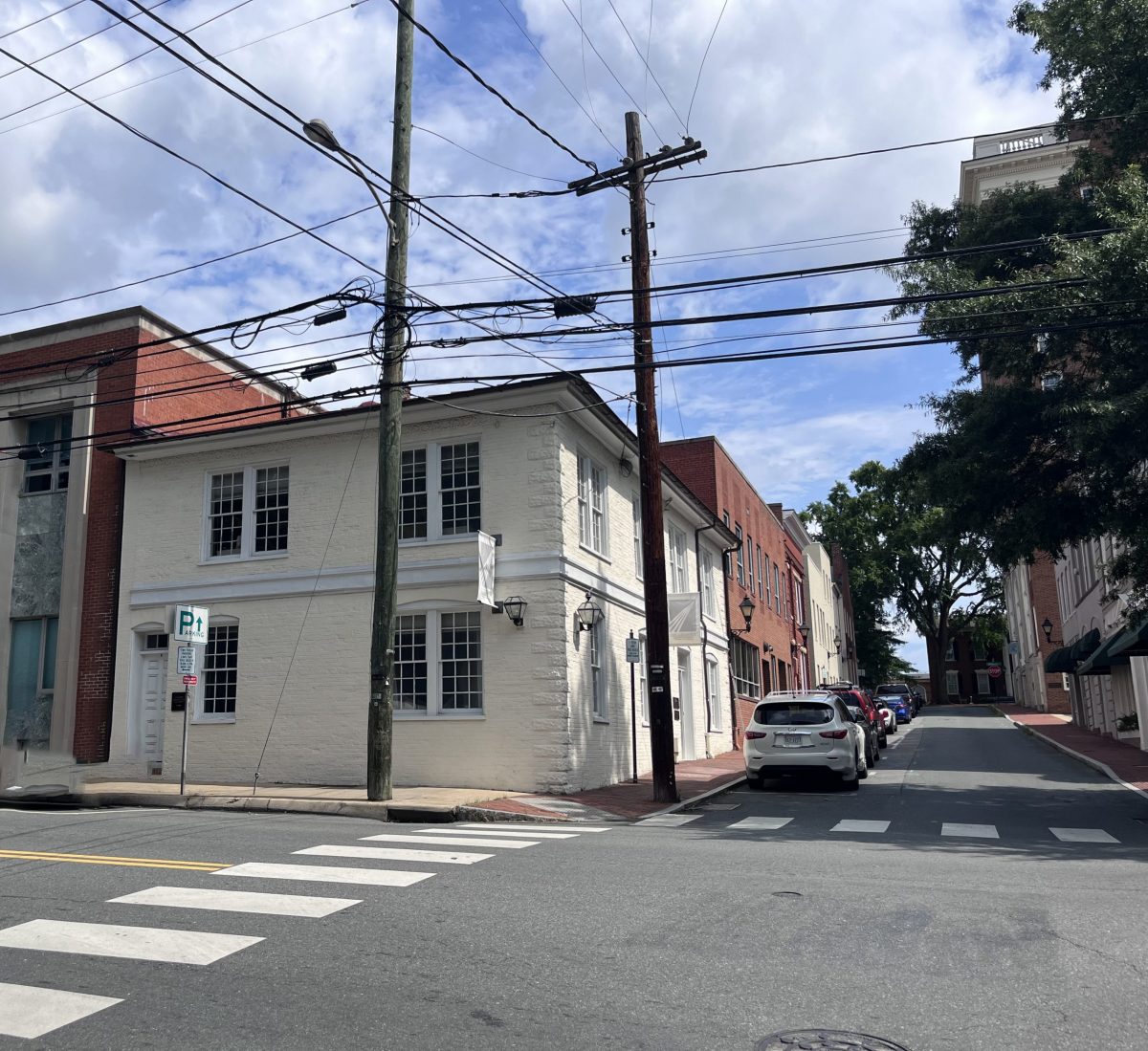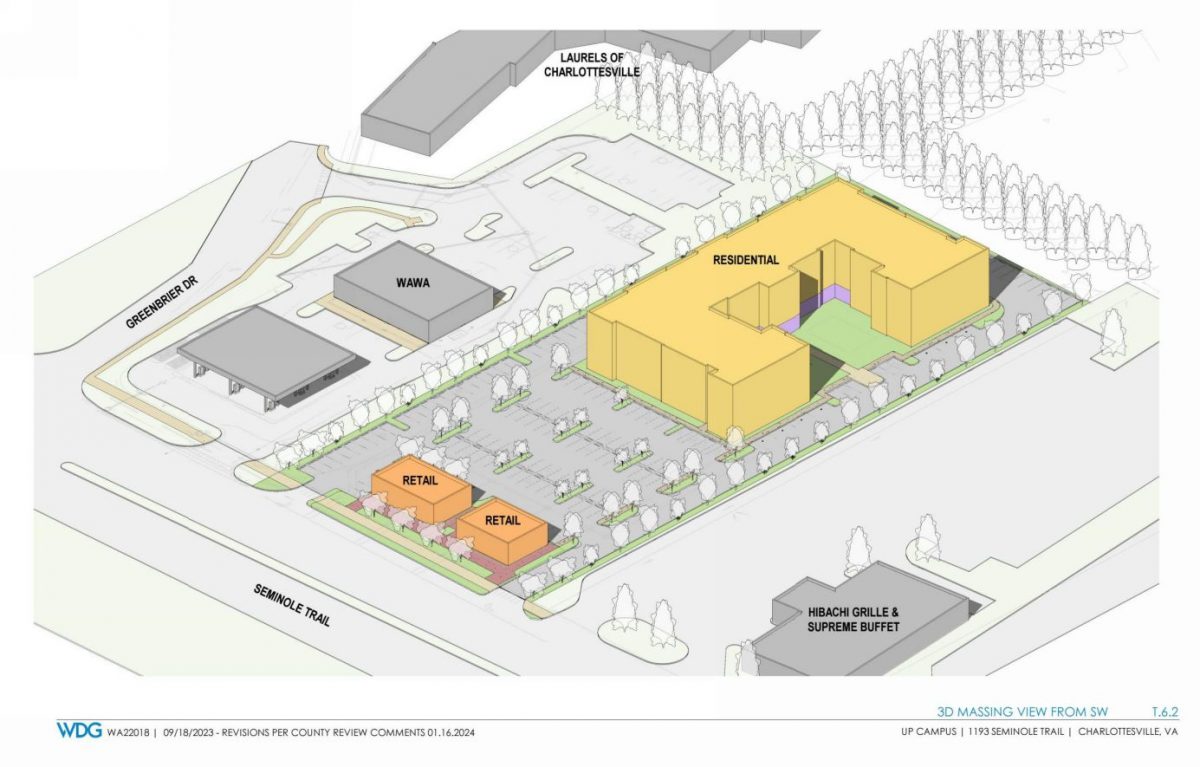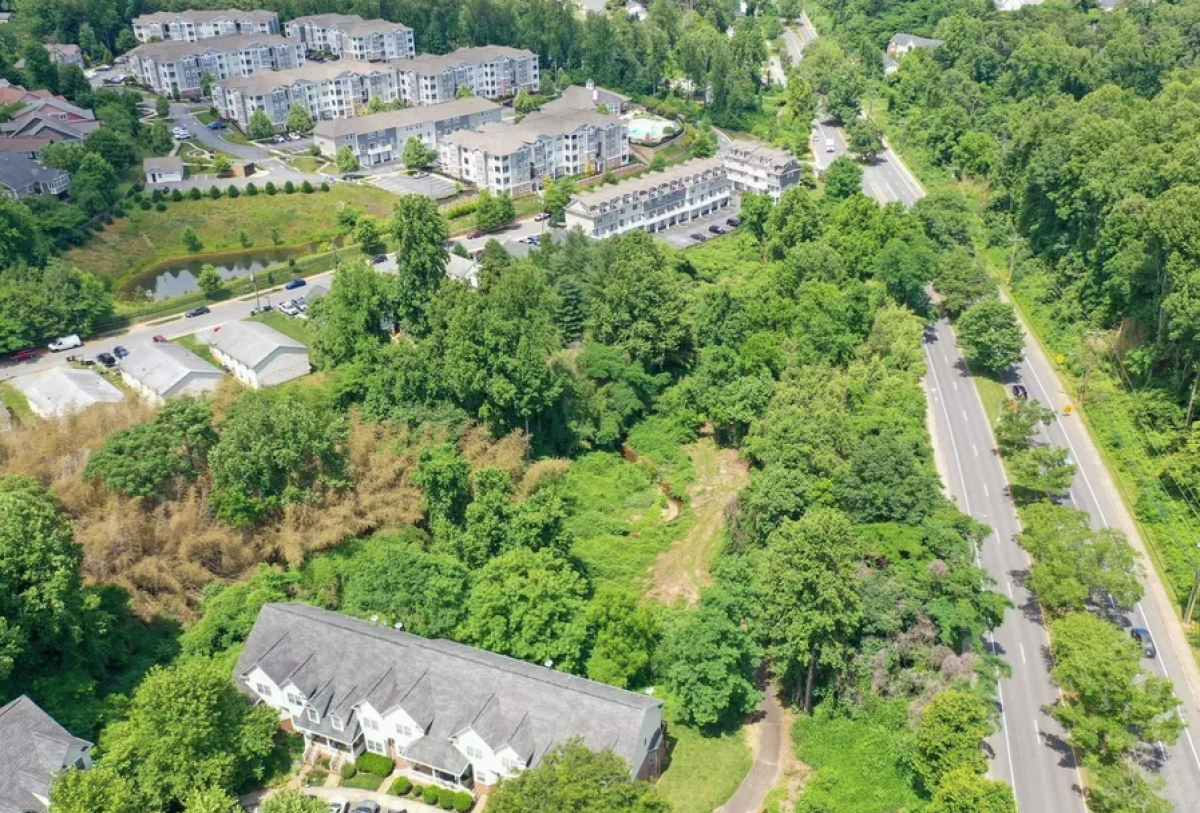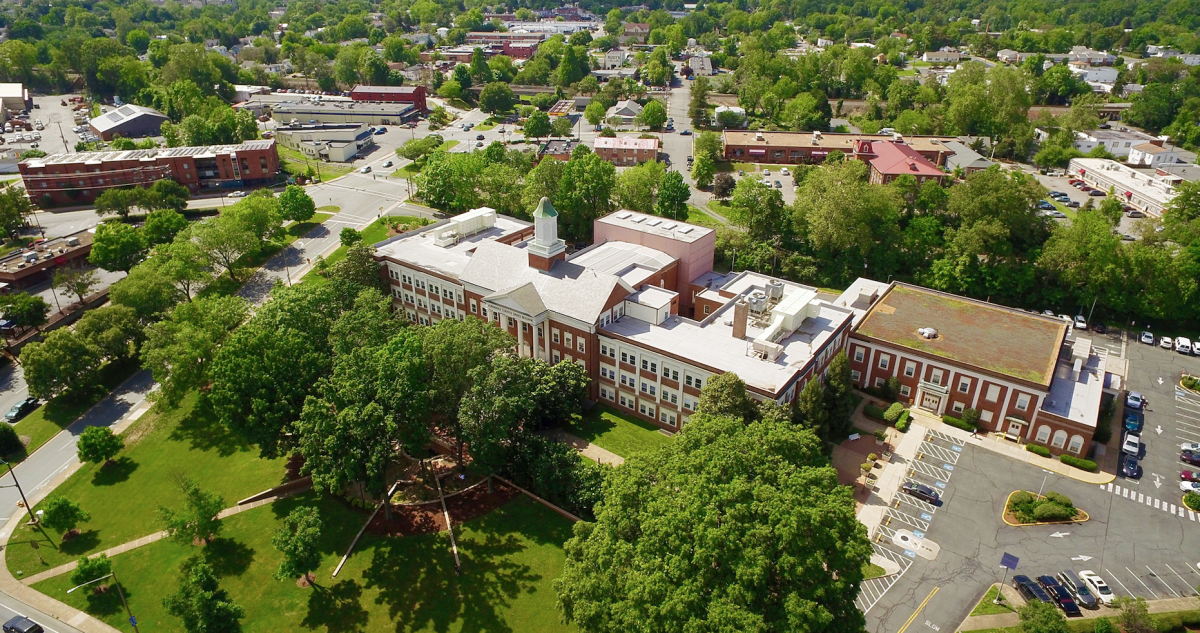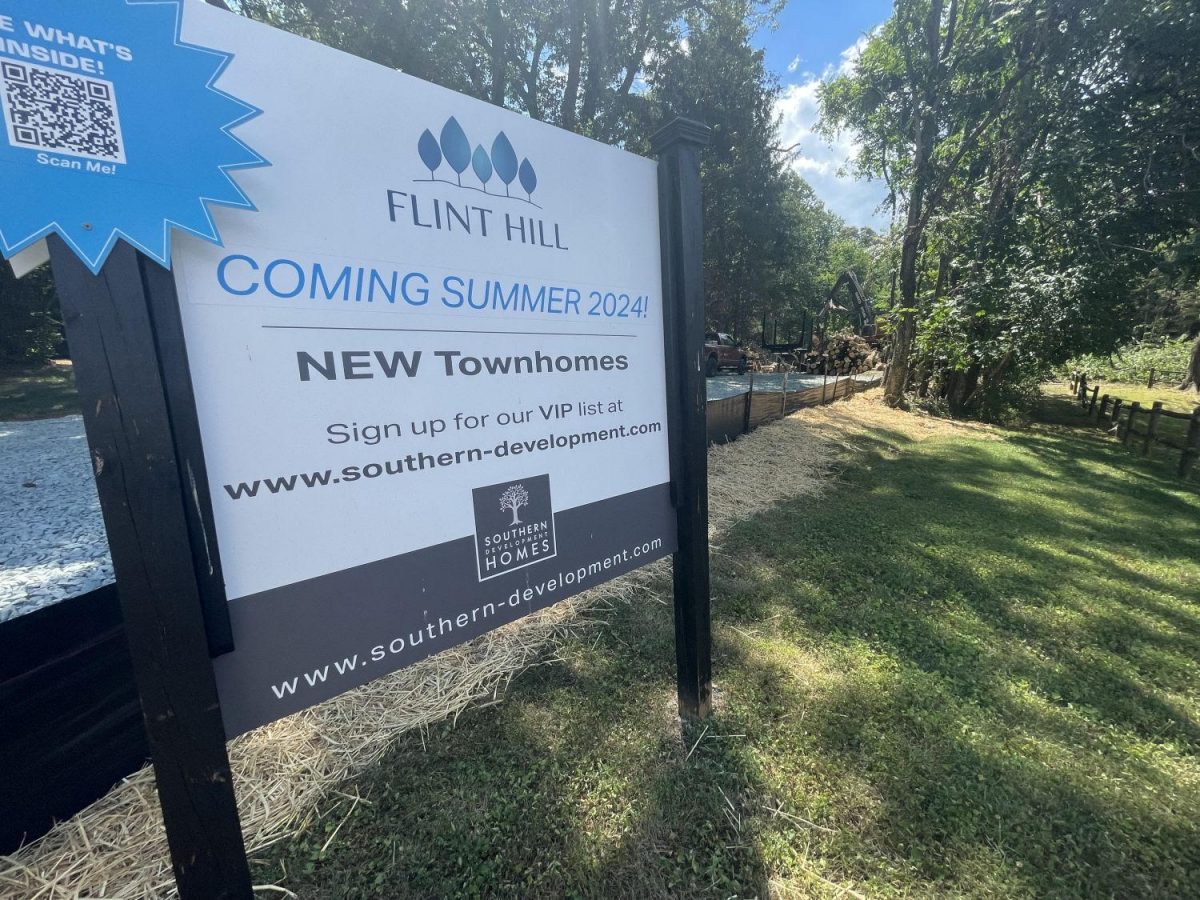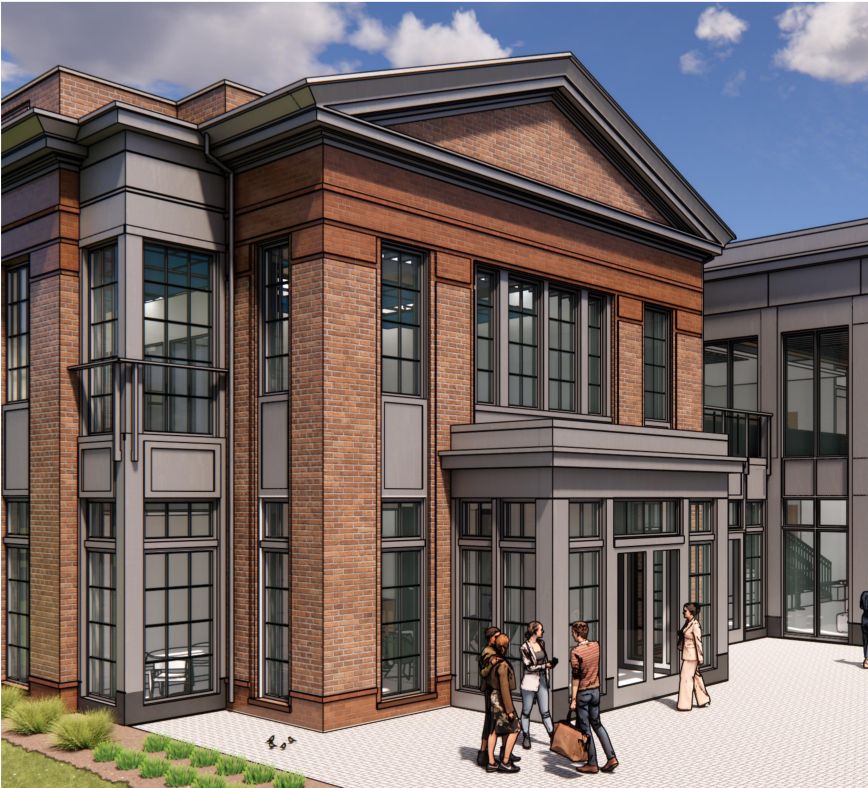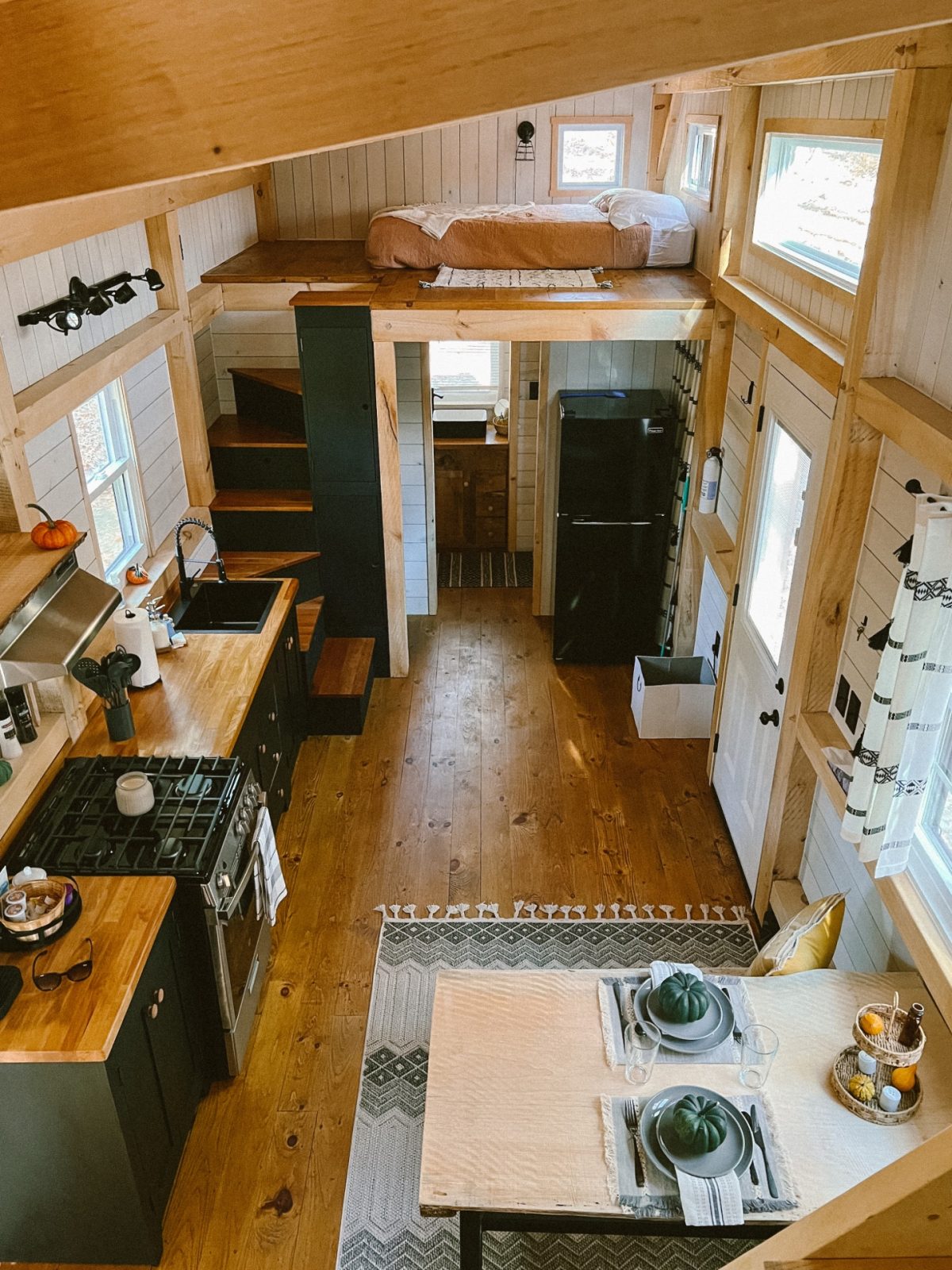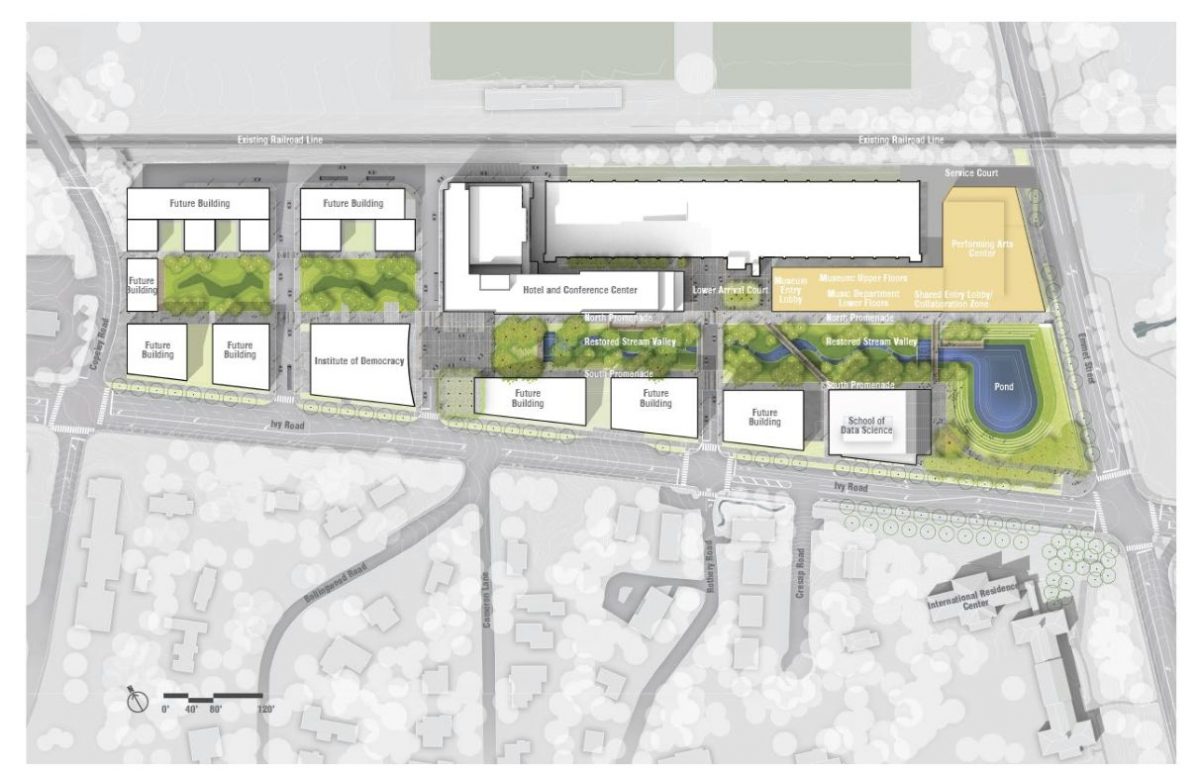For more than four decades, the Charlottesville Regional Chamber of Commerce has operated at the corner of East Market Street and Fifth Street NW just down the hill from the former Monticello Hotel.
Now that property is on the market as the chamber continues a search for a new place to advance its mission in a community where economic growth is happening across many geographic locations.
“They are still in the building but will be planning to move after the sale to something that better accommodates their current staff and allows them to serve the community more flexibly,” says Jenny Stoner, a senior vice president with Cushman & Wakefield | Thalhimer, the listing agent that was awarded an exclusive sales assignment.
The chamber held an open house in July, and the open house invitation stated that putting the building on the market reflects a strategic direction as the second quarter of the century approaches.
“This decision reflects a common practice amongst Chambers nationwide to reposition assets in response to the evolving needs of members and the broader business community,” reads the invitation.
The organization doesn’t plan to go very far as it seeks new office space.
“We haven’t selected a new location yet, but we plan to continue operating near downtown Charlottesville,” says Ann Marie Hohenberger, the chamber’s director of community engagement. “It is the geographic center of our service area.”
Hohenberger says the chamber’s Board of Directors is still working on the development of a strategic vision for the future.
The building at 415 E. Market St. was constructed in 1911 and offers 3,000 square feet on two floors. The Market Street Parking Garage is a block away. The footprint is 0.3 acres and the land is now zoned Downtown Mixed Use. Any demolitions or alterations would have to go through the Board of Architectural Review.
The chamber itself dates back to 1913 and now has more than 675 members in business across the region. They bought the property in 1981 for $128,500, and the 2024 assessment is $885,400. The asking price is listed as negotiable.
In recent years, the chamber has put a focus on the role the defense sector plays. They commissioned a study that in May 2023 estimated the industry has an annual economic impact of $1.2 billion. That same month, the Albemarle Board of Supervisors agreed to spend $58 million to purchase 462 acres around the Rivanna Station military base.
In 2018, the chamber sought real estate expertise in finding a new headquarters in a place that could be seen as the “center of activities” in the region. Their request for proposals wanted double the space in a location with cheaper parking, but the initiative to move didn’t happen on the watch of Elizabeth Cromwell, who served as president from August 2018 to February 2023.
The chamber is currently without a permanent president following the brief tenure of Natalie Masri, who served for seven months. Since January, former Board Chair Rebecca Ivins has been serving as interim president while a search is conducted. Chief Operating Officer Andrea Copeland served as interim president immediately after Cromwell’s departure and continues to run day-to-day operations. Realtor Sasha Tripp became the new chair of the Board.
Hohenberger says the chamber is planning to launch a new search for a chief executive officer and a public announcement will be made when the time comes.
